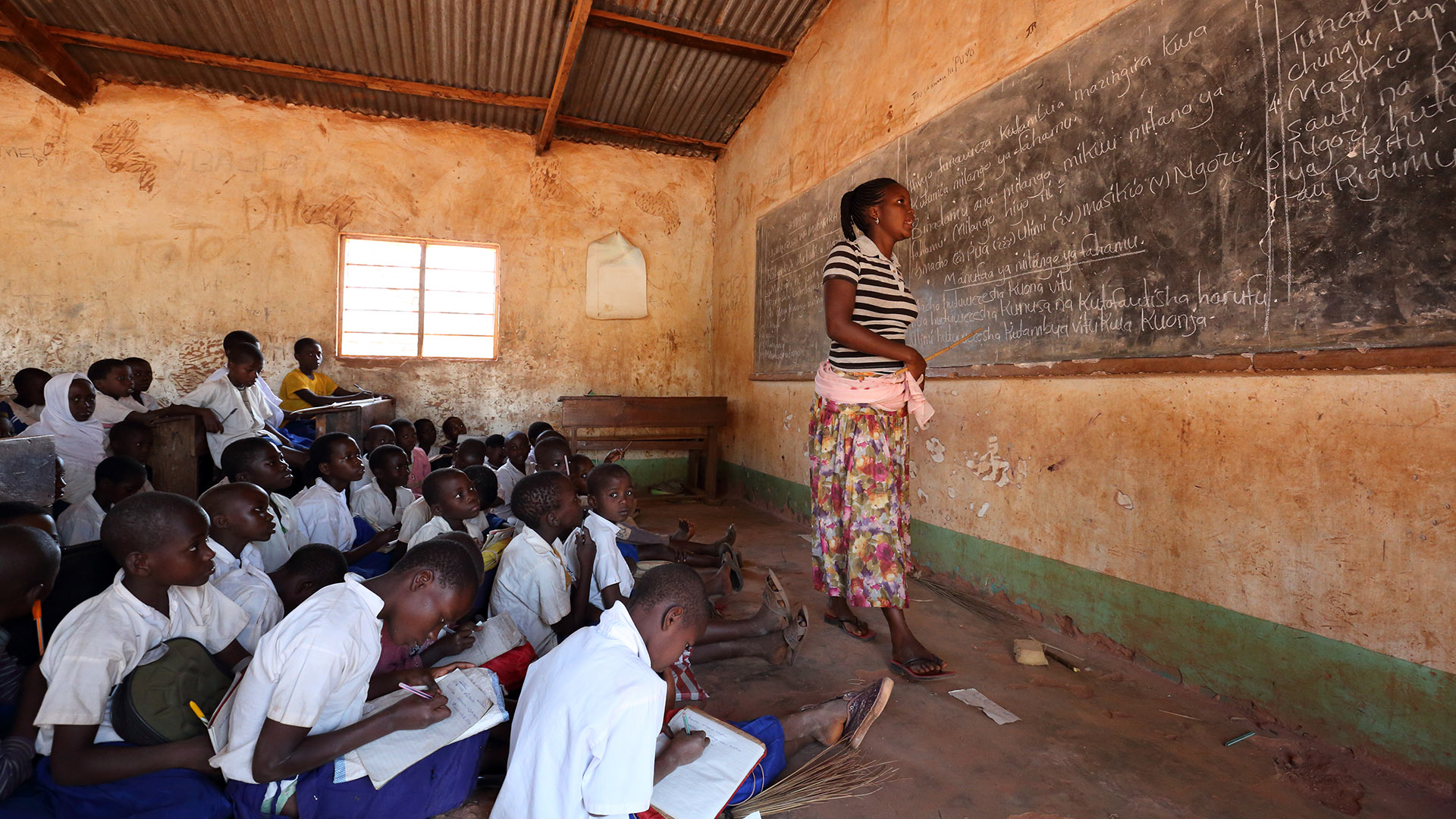Introduction:
Education is widely recognized as a fundamental human right and a key driver of development, yet many African countries continue to grapple with significant resource shortages in their education systems. This article explores the challenges posed by resource scarcity in African education and outlines potential solutions to address these pressing issues.
Challenges:
- Inadequate Infrastructure: Across much of Africa, schools often lack basic infrastructure such as classrooms, electricity, and sanitation facilities. This hampers the learning environment and affects student outcomes.
- Shortage of Qualified Teachers: Many African countries face a shortage of trained and qualified teachers, particularly in remote and rural areas. This teacher deficit undermines the quality of education and limits students’ access to quality instruction.
- Limited Access to Learning Materials: A lack of textbooks, laboratory equipment, and other learning materials further impedes students’ learning experiences. Many schools struggle to provide essential resources, hindering effective teaching and learning.
Solutions:
- Investment in Infrastructure Development: Governments and international organizations must prioritize investment in education infrastructure, including the construction of new schools, renovation of existing facilities, and provision of essential amenities like clean water and electricity.
- Teacher Training Programs: To address the shortage of qualified teachers, comprehensive training programs should be implemented to equip educators with the necessary skills and knowledge. This may involve pre-service training, professional development opportunities, and incentives to attract and retain teaching talent.
- Partnerships with International Organizations: Collaboration with international partners, including non-profit organizations, NGOs, and multilateral agencies, can mobilize resources and expertise to support education initiatives in Africa. These partnerships can facilitate the provision of funding, technical assistance, and capacity-building initiatives to strengthen education systems.
Conclusion:
Addressing the lack of resources in African education requires a multi-faceted approach that tackles infrastructure deficits, teacher shortages, and resource constraints. By investing in infrastructure development, enhancing teacher training programs, and fostering partnerships with international organizations, African countries can improve access to quality education and unlock the potential of their youth. Only through concerted efforts and collective action can we overcome the challenges posed by resource scarcity and ensure that every child in Africa has the opportunity to receive a quality education.

